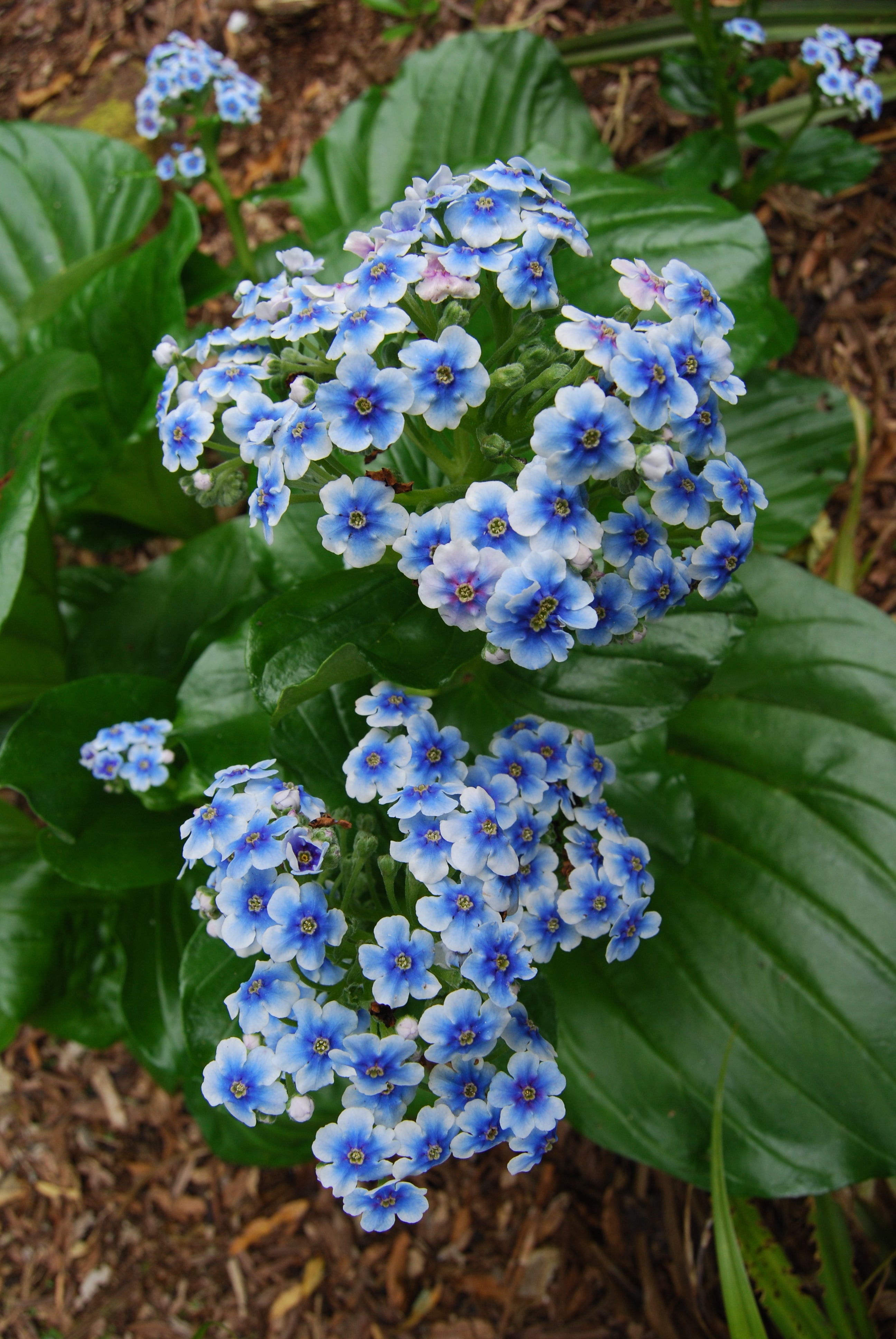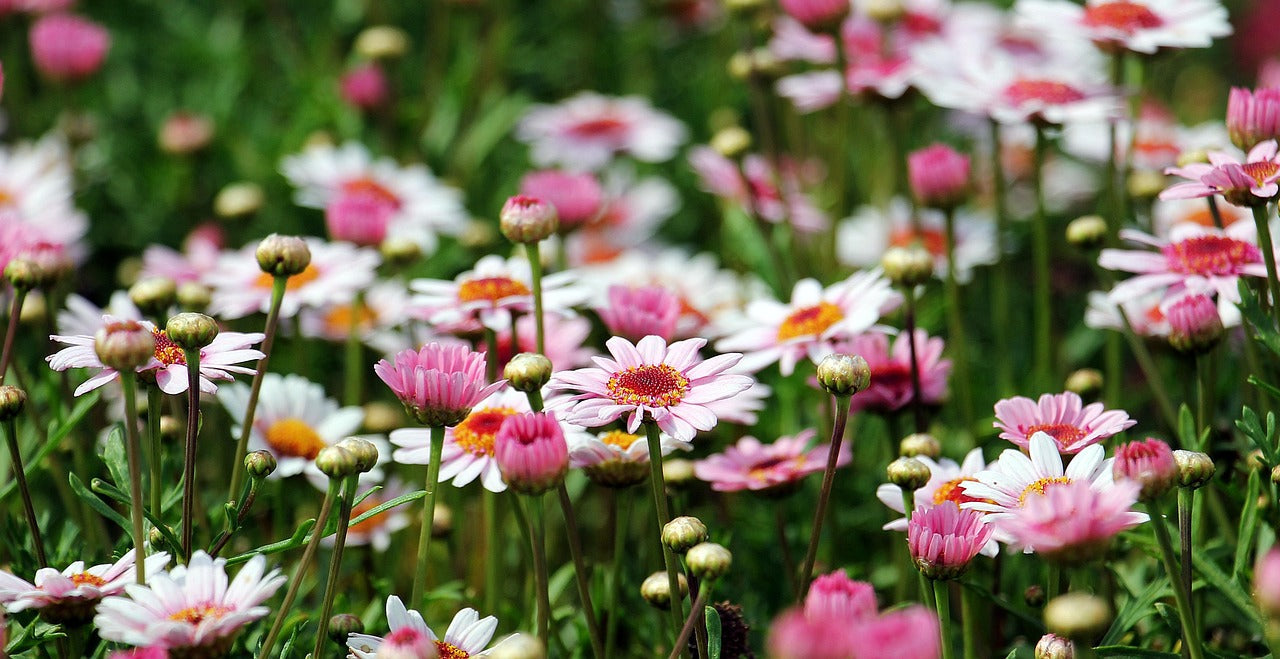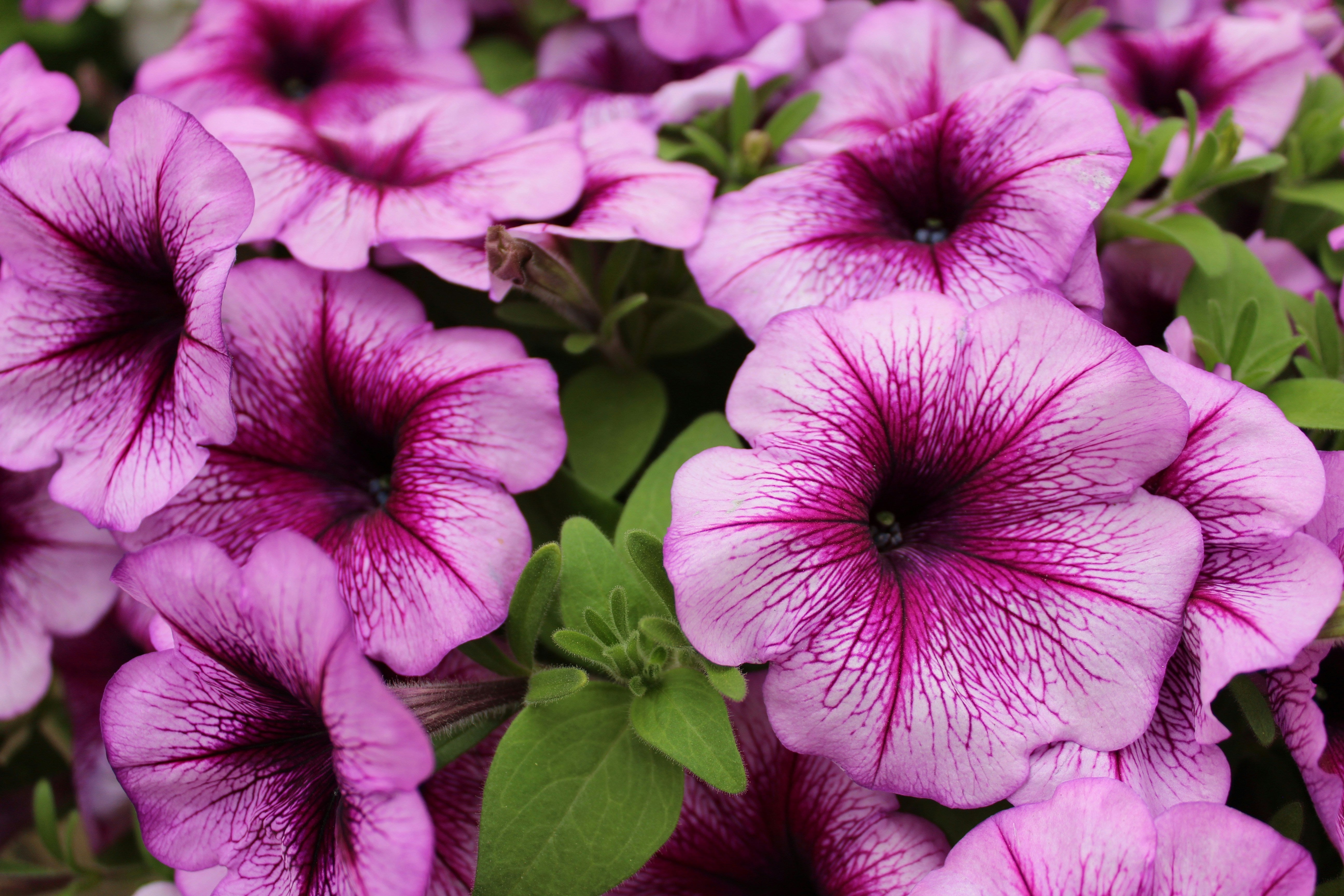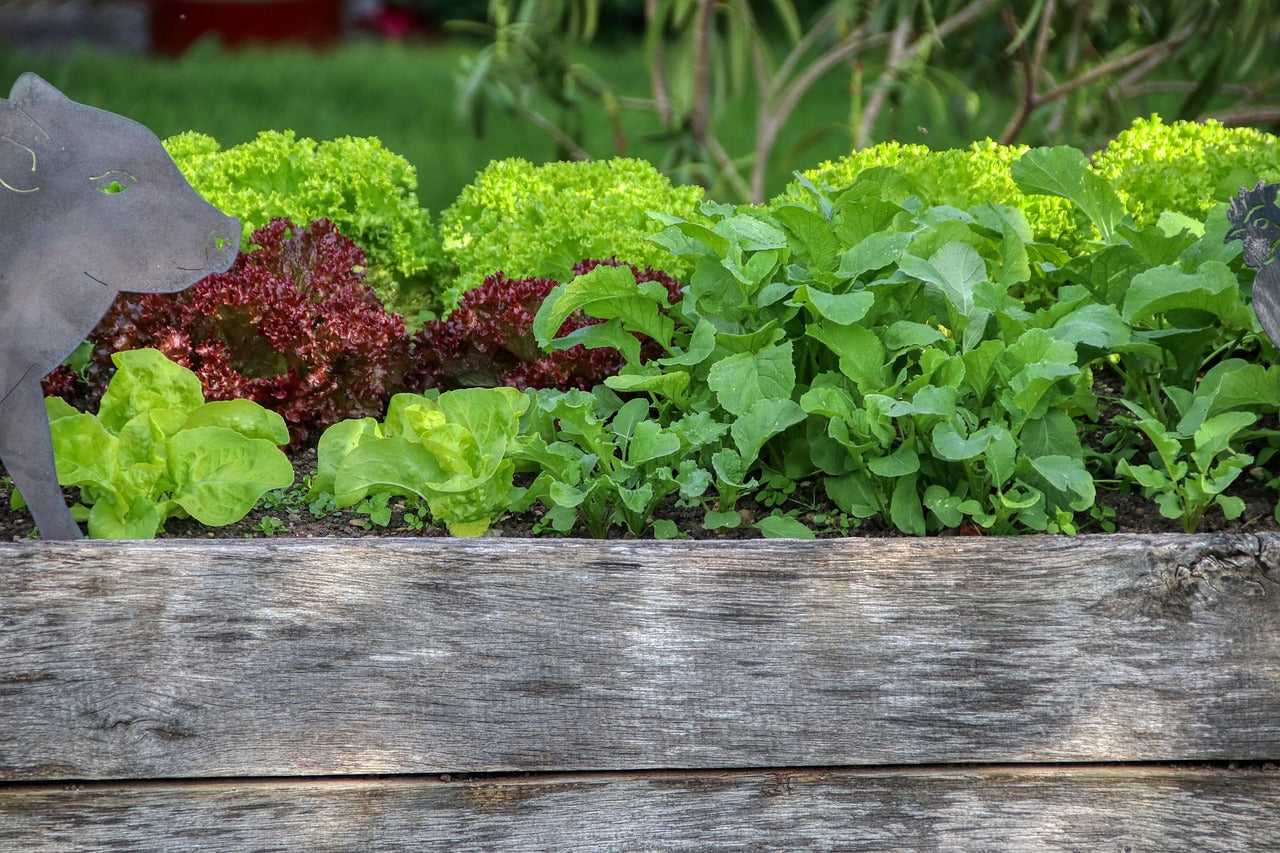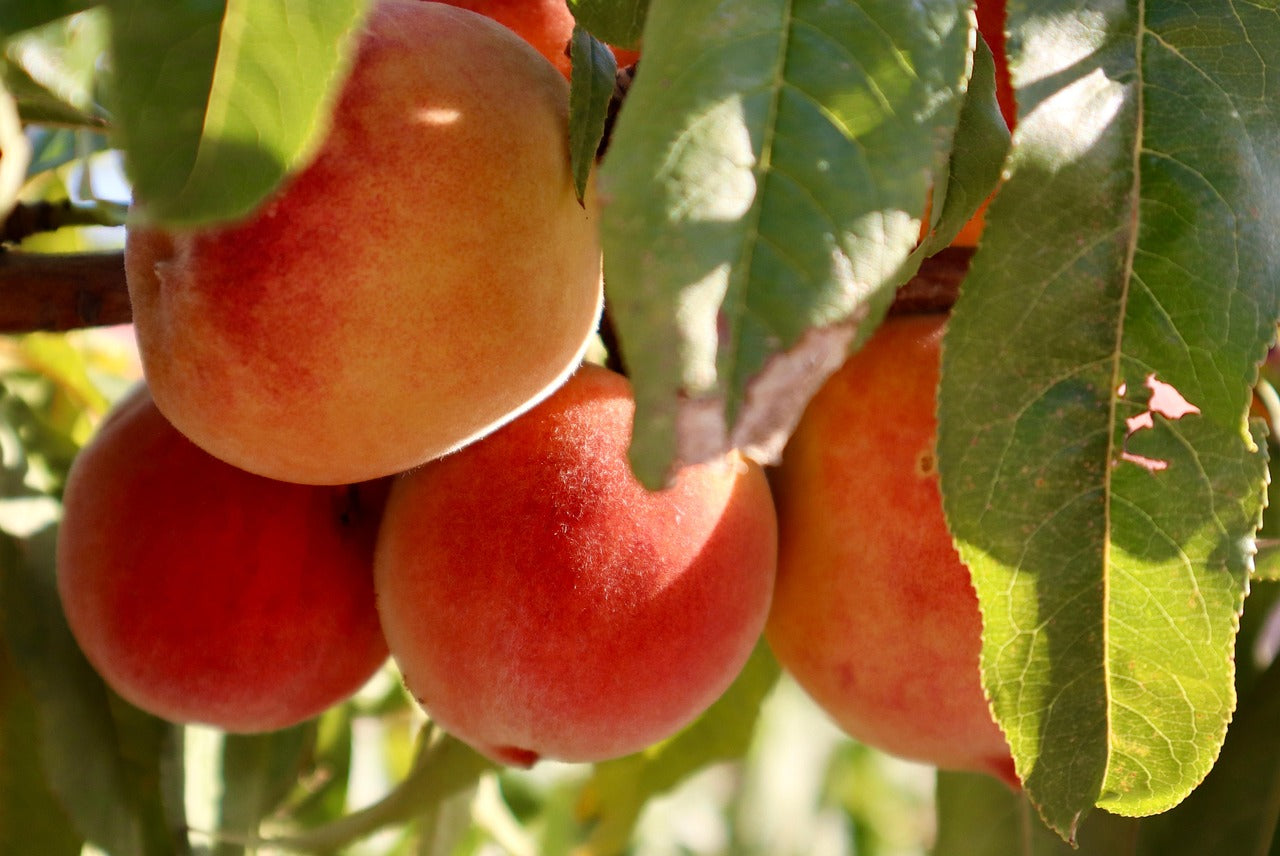There are native plants for all garden situations. Renowned for dramatic foliage, textures and contrasts, they fit in well with any garden design. For hardiness, low maintenance, longevity and to add interest to the garden, native plants cannot be overlooked.
Planting
The best time for planting is winter through to early spring. However, planting can be done at any time of year as long as plants are watered well through dry periods. Natives do not require a particularly rich soil, but benefit from the addition of compost, mulch or organic material dug in before planting. Some native plants are frost tender; take care to plant varieties that suit the conditions in your area. Soak the plant in a bucket of water before planting. Dig the planting hole twice the width and depth of the root ball. Dig in compost and organic material. Add Blood and Bone or Sheep Manure Pellets to the planting hole and mix in well. Remove the plant from its container, run a sharp knife down the root ball in several places to encourage new roots. Place the plant in the hole and firm soil around it. Plant to the depth of the plant’s original container and water well.Natives for containers
Native plants suit today’s landscaping trends with bold dramatic foliage creating a tropical effect in contemporary gardens. Many native plants are suited to growing in containers. They are hardy and easy care, look good all year round and can remain in large containers for several years with regular watering and the occasional application of a controlled release fertiliser such as osmocote. agathis (kauri), astelia, carex, cordyline (cabbage tree), fuchsia procumbens, hebe, griselinia, libertia, meryta (puka), pittosporum, pohutukawa, phormium (flax), pseudopanax (lancewood), xeronema (poor knights lily).Natives for dramatic foliage
Some of the most striking foliage plants are natives and are sought after as features for modern architecture. Combined with river stones, crushed shell or under planted with ground covers they create a contemporary look. Arthropodium (renga renga lily), astelia, cordyline, carex, ferns, griselinia, hoheria, meryta (puka), phormium (flax), psuedopanax (lancewood), xeronema (poor knights lily).Natives for shade
Shady areas can be difficult because of the varying conditions found there. However, many native plants suit these conditions. Smaller plants will usually adapt to difficult conditions quicker than large trees and shrubs. Arthropodium (renga renga lily), coprosma, cordyline, corokia, griselinia, libertia, meryta (puka), myosotidium (chatham islands forget me not), pittosporum, ferns, pseudopanax (lancewood), rhopalostylis (nikau).Varieties of natives
Native climbers
Native climbers are useful for softening hard landscape structures, climbing along fences, trellis or archways. They are usually evergreen and are among some of our most colourful and distinctive plants. Clematis paniculata, metrosideros (rata), tecomanthe speciosa.Natives to attract birds
One of the benefits of planting natives in the garden is the attraction to native birds. Tuis, bellbirds and waxeyes will entertain for hours as they flit from flower to flower. Alectryon (titoki), clianthus, coprosma, knightia (rewa rewa), metrosideros (rata and pohutukawa), phormium, sophora (kowhai), tecomanthe, vitex (puriri).Natives for bright flowers
New Zealand native plants are not known for their bright flowers. However, with modern plant breeding techniques, native plants now rival introduced exotics. Clianthus (kaka beak), clematis paniculata, hebe, leptospermum, metrosideros (pohutukawa and rata), myosotidium (Chatham Islands forget me not), senecio, sophora (kowhai), xeronema (Poor Knights lily).Native ground covers
Native ground covers create a good effect with their foliage and texture. Ground covers keep the soil surface cool and moist in hot summer months, stabilise banks, cascade down walls, help create easy care gardens by suppressing weeds. Carex, coprosma, cotula, fuchsia procumbens, hebe, leptospermum (manuka), pimelea prostrata, pratia, raoulia, scleranthus.Watering
Regular watering in dry periods is required. Deep watering is more effective than light watering.Mulching and feeding
This is essential for success. Apply a 5cm thick layer of compost or organic material around plants in late winter and again in mid-summer to ensure roots stay cool and moist. Regular feeding is not required. However, Blood and Bone or Sheep Manure Pellets applied in late winter and again in mid-summer can be beneficial.Pruning
Pruning is not essential, but native plants can be shaped as required. This is best done in early spring, after frosts have passed in frost prone areas, and again in summer if required. Flowering native plants can be trimmed after flowering has finished.
This ‘How To’ Guide has been produced to provide basic information and our experienced staff are available to answer any questions that you may have. Because this guide is of a general nature, neither Palmers nor its staff are responsible for the application of the information, as the contents may need to be modified for individual projects and site applications.

